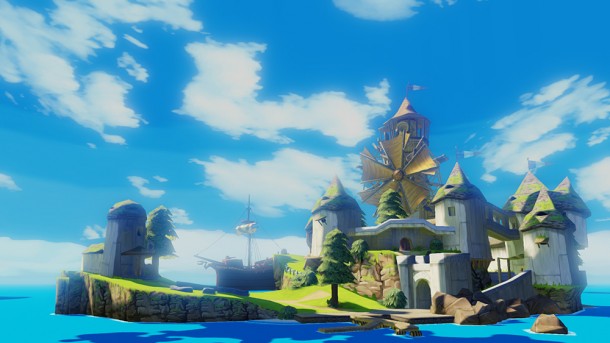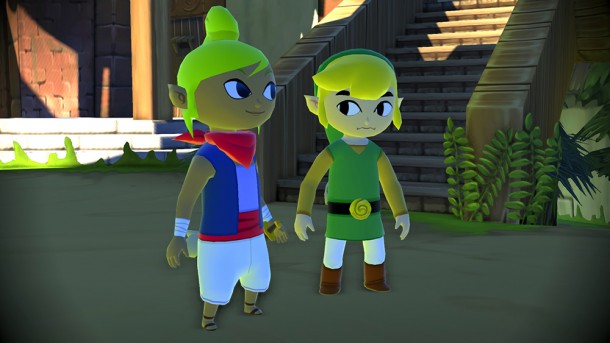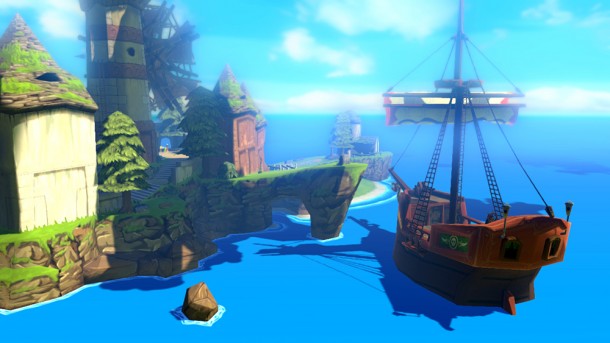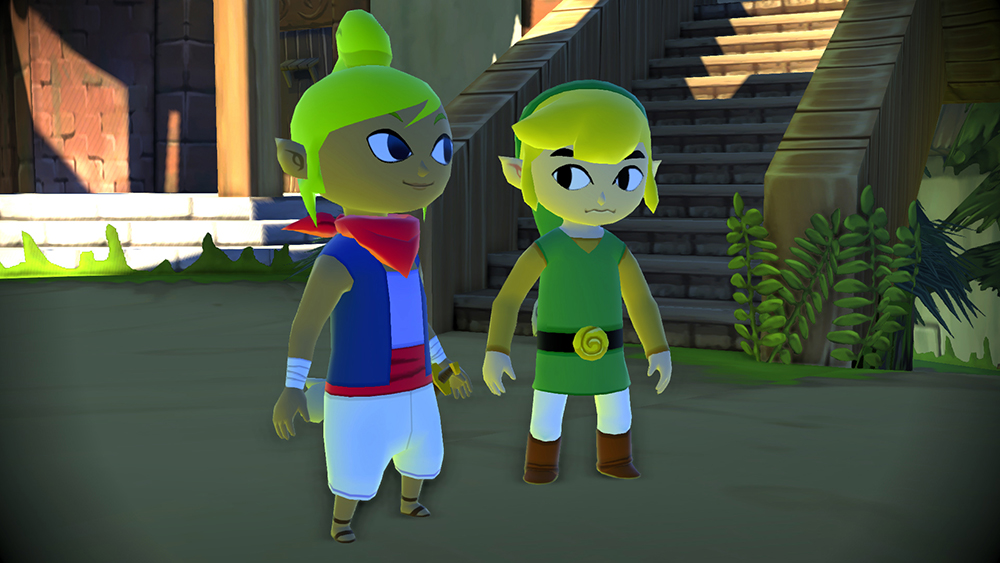
This week during the latest Nintendo Direct, the company did something that it rarely ever does: it tipped its hand at what it was working on, becoming more transparent to gamers and fans. Up until that point the company want to only focus on its Wii U launch lineup, which hadn’t provided enough excitement to fans looking to buy the console. It’s an odd move by Nintendo, most likely caused by the soft sales of the console that drove the decision, and one that was even led off by an apology from company president Satoru Iwata.
And so we got announcements of new games. A new 3D Mario game. Mario Kart. Zelda. A Smash Bros update. And while we didn’t see any images or video of these new games, the mere mention of them sent the internet into a tizzy.
What Nintendo DID show us on the other hand, was potentially far more exciting. The company that many felt was living in the past was now starting to embrace it, by focusing on the two things that made its classic games great: gameplay and visual direction.
The Legend of Zelda: Wind Waker HD
One of the most polarizing games in the series, Wind Waker is also one of the most beloved, ranking just below Ocarina of Time in aggregate ratings. When it was originally announced, the cel-shaded graphical style turned many away. But just as quickly, the masses fell in love with this vision of the series, adopting “Toon Link” as the hero’s nickname. Zelda games have always had a flair for art direction, constantly shifting between animated to realism to classic designs. With 2011’s Skyward Sword the company even opted for a sort of Neo-Impressionist design.
The art direction of the newest Zelda game, series director Eiji Aonuma told us, began by sifting through these many visual styles and seeing how they could be recreated on the Wii U with modern processors. The process, which he alluded to being somewhate like up-rezzing the visuals, isn’t new when it comes to HD remakes. With many remakes recently the graphical tweaks clean up screen tearing, add textures and polygons, and adjust fonts for higher resolution televisions. In some cases entire art systems are recreated, such as what was done for Super Street Fighter II Turbo HD Remix.

What Nintendo found was that their classic Zelda visuals not only translated over well, but with more processing power could even reach take on entirely new feels. One game, Wind Waker, seemed to work so well during initial investigations that Aonuma opted to build an entire project out of it.
The announcement of an HD remake of Wind Waker was met with 140 character gasps across social networks, into near orgasm. It’s just a remake, we needed to remind ourselves. It’s not a new game. Nintendo added improved shading and lighting and turned what was once a Saturday morning cartoon into ceramic figurines and hand-painted environments. Shadows were softened. Textures could help add depth. Reflections of light onto clothing could make the characters glow.
Thanks to the added power of the Wii U, the already timeless visuals of Wind Waker are improved in ways that the designers hadn’t expected. Yes, a basic HD port could have satisfied a lot of fans, but it would have failed at utilizing the console’s strengths and how memorable Zelda games are gauged. This legacy of pushing art and style, mood and emotion in Hyrule’s worlds was perhaps what was missing in the most recent iterations, which aimed to capture hardcore gaming audiences that were more interested in Skyrim.
To further emphasize the dark side of misinterpreting heritage we need look no further than what the company is doing with Mario. The original New Super Mario Bros game was well-received, and the Wii version had many fans. But then Nintendo continued to push the seemingly all-too-similar 2D Mario games on us, resulting in a process that left a bad taste in fans’ mouths and gave megaphones to the company’s naysayers. Mario was becoming iterative instead of innovative. Nintendo was forgetting what made the first four Mario games so unique and instead leaned heavily on the dollar signs that could pump the company through fiscal quarters. Nintendo was living in the past, it seemed.

However, should the methodology of looking at the threads of the company’s heritage power the next eventual Zelda game we could be seeing a sort of renaissance at Nintendo. And that’s why Wind Waker excites us. It’s not that it’s a great game, it’s that it shows us hope for what Nintendo can actually do when it looks at the correct aspects of its past to power its future.
Perhaps it’s starting with an HD remake of a Zelda. But we’re finally hopeful that this can kickstart internal efforts to spill over into other franchises, and even sorely-needed new ones.
Wind Waker HD (name TBD) is coming this Fall for the Wii U from Nintendo.











No Comments